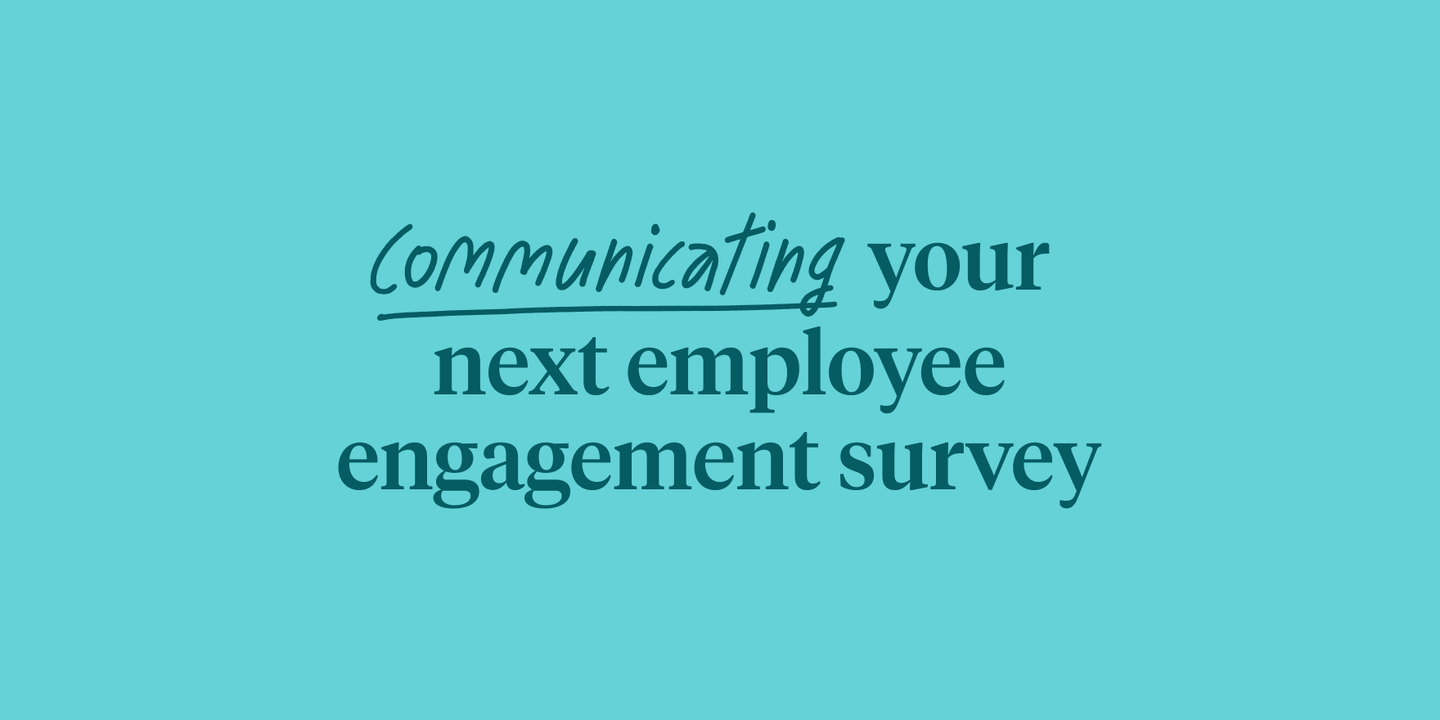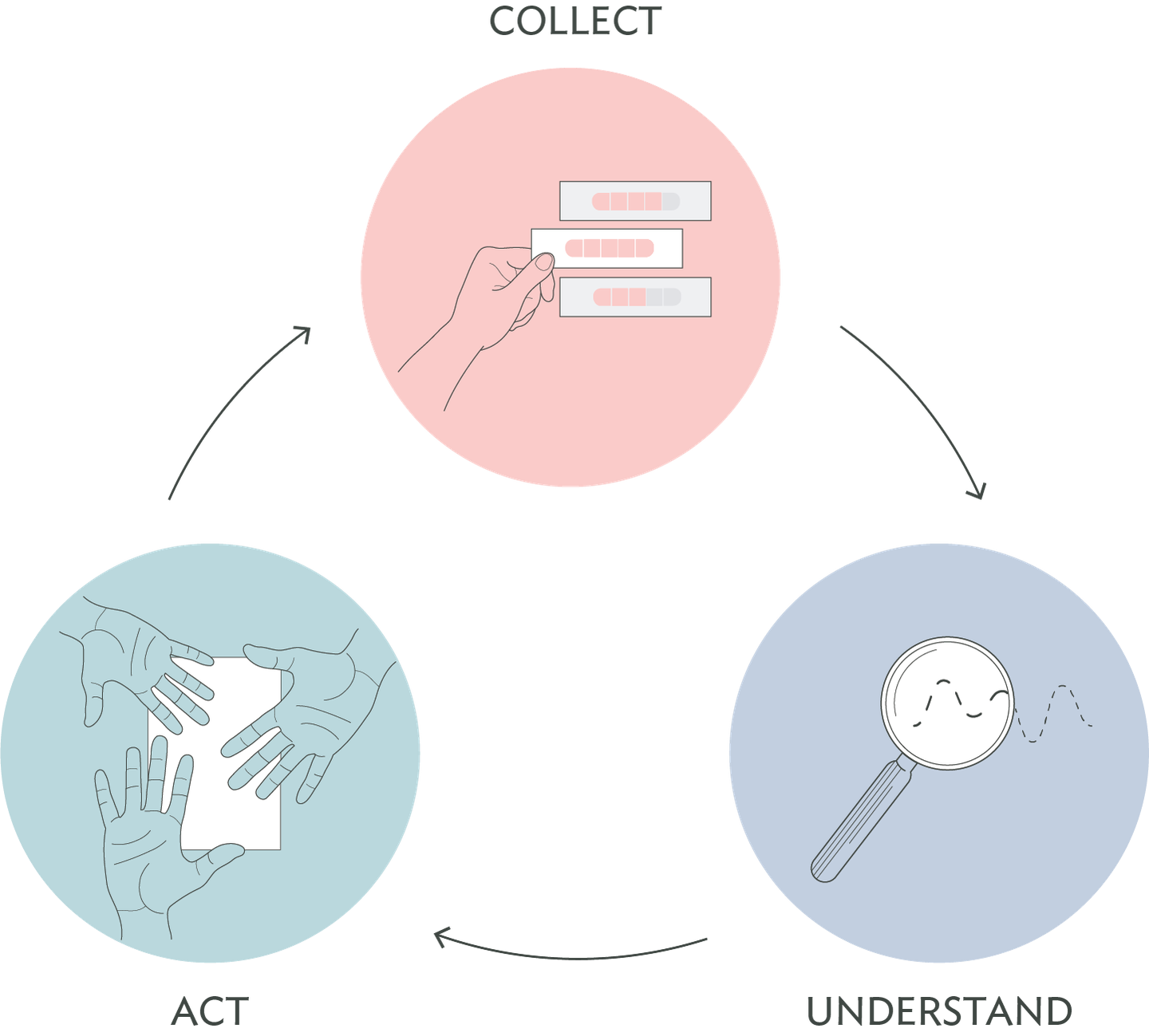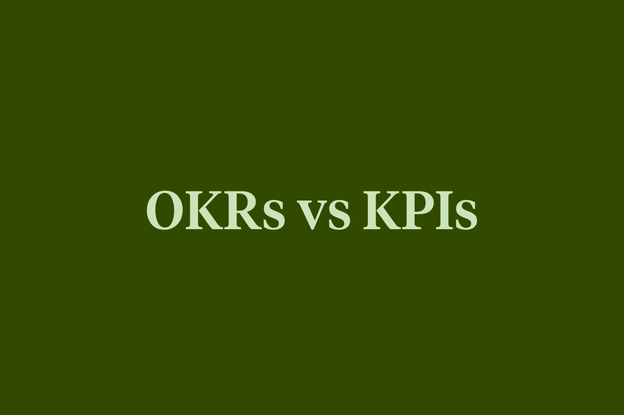Communicating your next employee engagement survey

Whether you’re launching your first employee survey or your twentieth, how you communicate each survey to your employees is essential. Clarity about the survey process leads to good participation, which leads to actionable data that enables you to make better decisions.
In a webinar with Namely, Communicating your next employee engagement survey, Monique Hughes, Senior Customer Success Coach at Culture Amp, and Eric Knudsen, Senior Analyst of People Operations at Namely, shared expert tips on how to communicate about your next employee engagement survey.
Below, we provide you with an overview of this webinar, so you will be equipped with all the tools you need to launch your next survey with confidence.
Why measure employee engagement through surveys?
Employee engagement is the level of connection, motivation, and commitment a person feels for the place they work. Improving engagement can directly impact things like performance, innovation, retention, and attraction of talent. “The great thing about engagement surveys is that they allow us to surface insights about our people and shed light on where we might have blind spots,” says Monique.
The great thing about engagement surveys is that they allow us to surface insights about our people and shed light on where we might have blind spots
— Monique HughesSenior Customer Success Coach at Culture AmpThrough engagement surveys, we can answer questions (and gather metrics) like:
- How do we cultivate a culture of pride, motivation, and commitment?
- What drives retention here?
- How do we compare to other organizations where we compete for talent?
- How do we connect teams with the organization’s vision, mission, and goals?
- How do we help employees become change agents and understand they can help create a better place to work?
Engagement surveys often serve as the backbone to a successful employee feedback strategy that includes experience and effectiveness surveys. While we’re focusing on engagement surveys here, the tips we cover can be applied in the context of other employee surveys.

Core themes to cover in your communications
Every organization will have unique core themes to cover throughout their employee engagement survey communications. However, as Monique shares, there are core themes that come up across the organizations we work with at Culture Amp. “These are things that we want to reinforce and shed greater light on, each time we communicate with our employees,” she says.
Let’s explore these common core themes:
1. What we’re measuring
Help people understand what engagement is. “The concept of engagement tends to mean a lot to HR and the leadership team but not necessarily a lot to employees. We want everyone to understand what it means when employees are engaged at their organization,” says Monique.
2. What the survey will allow us to do
You want to help people understand what measuring employee engagement will allow the organization to do. Monique suggests sharing what outcomes will be achieved not just for the leadership team and the HR team, but also for employees in terms of their own lived experience at work.
3. What we need from you (the employees)
What you want are your employees' participation, honesty, and comments. Great participation leads to great data, which leads to great results. When conducting a survey, you want people to provide honest and candid feedback about their experience working at the company, what works well and what doesn't. Lastly, in addition to the quantitative feedback collected through scale-based employee engagement questions, it's important to gather qualitative feedback from employee comments.
4. What you can expect
Employees should clearly expect certain results, outcomes, and involvement. In terms of results, let people know who will see what once the survey is closed. We want people to understand the outcomes that they can expect, like taking action. Lastly, it’s not just about getting people to participate, it’s keeping them involved throughout the process, identifying your focus, and taking action.
5. How we'll protect your confidentiality
As Monique says, “We want people to provide feedback in an opt-in way, where they feel comfortable.” You may share things like how your data will be treated, as well as information about the kind of demographics that will be included in the survey.
6. Preparing people for feedback and action
Get people excited about the process of actually acting on feedback and ultimately guiding them towards focus and action, not just reflecting on results.
Creating a brand for your engagement survey
“What if you were to approach your communication strategy like a marketing campaign? What might you do differently?” asks Monique. Creatively branding and promoting your survey is an easy way to make it stand out for employees.
Here are some things to keep in mind when creating your survey brand:
- Have clear goals and know your audience. Be clear around what you want your employees to think, feel, and do throughout the process.
- Personalize the concepts. Make sure the survey is relevant to your employees. Use language that is unique and familiar to your organization. For example, we call people who work at Culture Amp, "Campers", so we use "Campers" instead of "employees" or "workers" when referring to our employees.
- Think of the message and the messenger. A top-down approach for kicking off survey communications is commonly leveraged (for example an email from the CEO) but you can get great results with creative and unexpected messengers.
- Use multiple channels/communications to build knowledge over time. Have the survey conversation in different forums, like email, Slack, and in-person meetings. Make sure that you're reaching different parts of your workforce through different channels.
- Remember to consider cultural nuances or needed translation. Think about how to engage different parts of the organization in a way that resonates with them. “One of our customers created a video using only facial expressions so that it was globalized and not in any one language,” shares Monique.
Survey communication framework
Now that you have an idea of the core themes to touch on throughout your survey communications and have started thinking about your employee survey brand, it's time to get into the details - your survey communication framework.
This encompasses three broad periods - pre-survey communications, launch day communications, and post-survey communications.
Pre-survey Communications
1. Company-wide announcement
This announcement is your first touchpoint with all employees as you’re getting ready to kick off your engagement survey.
In addition to pulling in any core themes that we touched on above, be sure to include the following:
- Who is eligible to provide feedback in this survey?
- When will the survey open and close? How will the invite arrive?
- What does it measure? Why are we measuring it?
- Who will have access to results?
Bonus tip! Did you know that with Culture Amp and Namely's integration, you can configure Culture Amp to import your employee data directly from Namely's HRIS? You can use this data to select employees as survey participants, as well as link Namely demographic information to survey results for detailed analysis.
2. Manager announcement
This more specific pre-survey communication is sent to team and department leaders. As Eric shares, “It's important that we, as survey owners or survey administrators, remember that we have critical partners in our managers and leaders. This survey may not be the first priority of every manager or leader in the company, but often they want to support and encourage their teams to participate.”
Manager communications should:
- Emphasize that managers are critical partners in the feedback process
- Reinforce the importance of team participation
- Include a reminder of the final participation rate on the previous survey to encourage participation
Launch Day Checklist
If you’ve built a solid communication plan, launch day should be a breeze. “It’s nowhere near as dramatic as you might imagine it would be when you take the time to plan ahead,” says Eric.
Here are a couple of things to check off on launch day:
- When possible, plant physical reminders about your survey around the office
- Posters or reminders on meeting room TV screens are great
- Distribute launch day communication
- Ensure you’ve communicated through all major channels
- Launch survey and send invitations
- Within the Culture Amp platform, a survey can be launched immediately, or scheduled for a future date and time.
The importance of reminders
The goal for your employee engagement surveys should be to achieve good representation across the organization, not necessarily 100% participation. While your survey is open, sending reminders is an important way to stay top-of-mind with employees and continue gathering responses. You can configure and customize reminders within the Culture Amp platform.
Here’s how Namely checks in during the survey process:
- Two email reminders during 1-2 week survey window
- 1-2 updates to senior leaders about participation in their Departments
- Final day reminder post by survey owner to the Namely Social feed, depending on participation
Post-Survey Communications
Once your survey has closed, start by thanking your employees for their feedback. You can also generate some excitement by sharing an interesting high-level result. Then, let people know what’s coming next - when will they be able to see results and when will action planning start?
Often, post-survey results are communicated by tier, but this can vary depending on the kind of company, its size, and organizational structure. Here's an example of a tiered communication approach used at Namely:
- Company results: Present to all employees in an inclusive forum like an all-company meeting.
- Leader-level Reports: Share with senior leaders early on and provide company (and external, if possible) benchmarking
- Manager: Leaders are asked to trickle results down to managers, including manager feedback from their direct reports, when available.
Regardless of how you roll out results, keep your momentum going and continue communicating with employees.

After all, the momentum after your survey closes is critical. “You don't want to spend two months cascading results so that ultimately managers have the results in their hands but the data is out of date,” says Monique. Also, don’t end your communication strategy after releasing post-survey results. Monique explains, “It's really important to think about the loop of collecting, understanding, and acting on feedback and helping people understand their role at each stage.
Understanding the effectiveness of survey communications
Recall the core theme of "preparing people for feedback and action" throughout your survey communications. You can use your survey as a tool to gauge the effectiveness of this component of your communications.
“Employees must perceive action taken from the feedback that they provide. If they don't believe anything is happening, it's likely that they'll disengage from the process,” says Monique. Often, the issue is not that organizations don't take action, but it’s that they don’t communicate that action to employees. Like Culture Amp CEO Didier Elzinga says, people don’t get survey fatigue, they get lack-of-action fatigue.
With the four tips we’ve covered above, you’re set to launch your next employee engagement survey with confidence.
Just remember to have:
- An understanding of employee engagement and how to communicate it
- An understanding of the core themes you’ll cover in your survey communications
- A unique survey brand
- A framework for pre-survey, launch day, and post-survey communications
- A plan to measure the perceived effectiveness of your actions

Make launching your next employee enagagement survey a breeze
Make better decisions and drive meaningful change by understanding your people.






